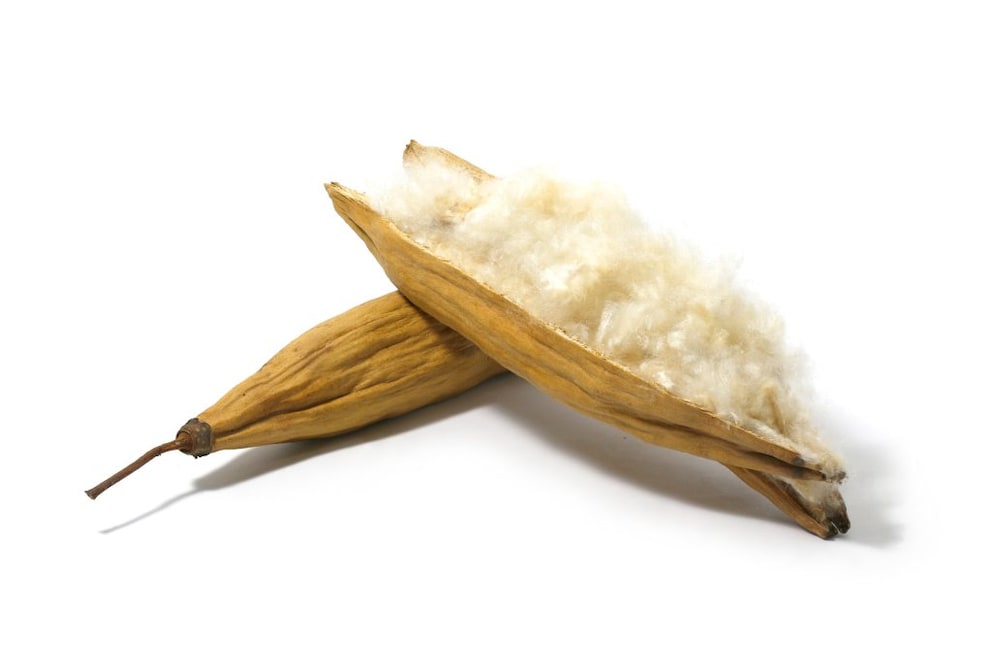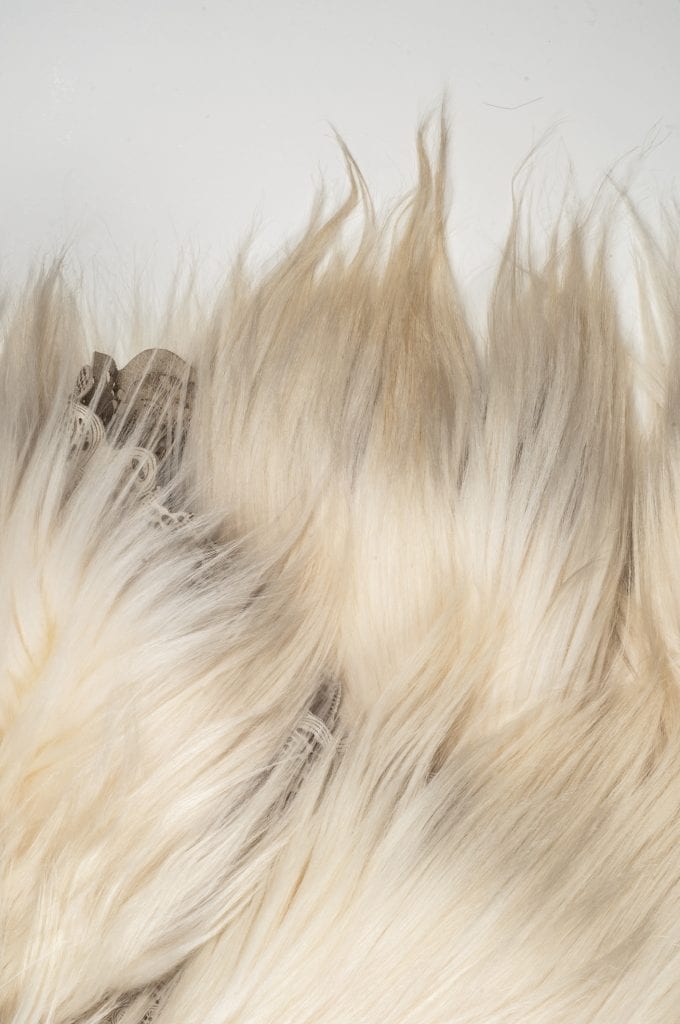December 3, 2022, 1:28 pm | Read time: 4 minutes
Bedding items like pillows and blankets surround our bodies for about eight hours every night. Ideally, to benefit both our health and the environment, these should be safe, natural products. myHOMEBOOK takes a closer look at some sustainable bedding fillings.
For a long time, bedding was filled with synthetic or animal fibers, such as feathers or down. However, because plastic-based pillow and blanket fillings are derived from environmentally harmful petroleum and can cause uncomfortable sweating at night due to poor air circulation, they are often not an option today. Animal bedding fillings are also considered problematic, as they usually come from production involving painful live plucking. Those who want to act sustainably choose fillings made from environmentally and animal-friendly materials. The market now offers several sustainable bedding fillings with many positive properties as alternatives.
1. Bamboo Fibers
Bamboo fibers are not only exceptionally light and skin-friendly, but they are also ideal for allergy sufferers. Thanks to their antibacterial and moisture- and temperature-regulating properties, these natural fibers provide a comfortable sleep experience. Additionally, pillows and blankets with bamboo fillings are easy to wash.
Also of interest: 5 Tips for a Sustainably Furnished Bedroom
2. Cotton
Cotton has many properties that promote healthy and restful sleep. The short fibers absorb moisture well without releasing it, ensuring a sweat-free sleep from this perspective. Additionally, cotton is an ideal sustainable bedding filling for allergy sufferers.
Moreover, this popular natural fiber is considered durable, allowing pillows and blankets to be washed without issue when needed. However, cotton fibers have only moderate thermal insulation compared to other materials.
3. Kapok
As synthetic fillings once dominated the bedding market, kapok was gradually pushed out. However, this unique plant fiber from the kapok tree has made a comeback. Today, kapok is both a sustainable bedding filling and a comfortable option for mattresses.

The remarkably light fiber is also notable for its water-repellent properties, making it highly sought after for swimming needs (such as life vests and rings). Pillows and blankets with kapok filling are breathable, regulate moisture, and provide optimal thermal insulation. Caution: Coated with a delicate wax layer, the fibers are considered highly flammable.
4. Linen
Linen is a natural material that is especially popular for eco-friendly bedding. However, the fiber offers much more: As a sustainable bedding filling, linen impresses with several positive properties. Linen fibers can adapt to climatic conditions, providing warmth in winter and cooling in summer. Accordingly, a linen blanket can regulate moisture excellently and is washable at 60 degrees. The natural fiber is also considered dirt-repellent, durable, and nearly antistatic.
5. Lyocell
Lyocell, also known by the brand name Tencel, is another plant-based fiber. Specifically, it is a cellulose fiber derived from wood scraps. As a sustainable bedding filling, Lyocell is attractive because the fiber is extremely absorbent, creating an ideal bed climate at night.
During the day, this sustainable bedding filling releases the absorbed moisture. Additionally, the fiber is easy to care for, washable, and allergy-friendly. However, in terms of thermal insulation, Lyocell may not match other fibers. It provides moderate warmth and cooling, making it suitable for summer blankets.
6. Virgin Wool

Virgin wool is also very popular as a bedding filling. Bedding made from this animal fiber is considered moisture-regulating, heat-insulating, and easy to care for. However, virgin wool is much more delicate and can only be washed by hand, not in a washing machine. Since it is an animal fiber and wool production is generally associated with significant animal suffering, it is important to look for certifications such as the GOTS seal when purchasing.

5 Tips for a Sustainably Designed Bedroom

4 Tips to Combat Dust Mites

Better Sleep in the Heat? What to Consider When Choosing Bed Linens
7. Camel or Yak Wool

The hair of camels or yaks is considered a particularly high-quality sustainable bedding filling. Not without reason, as the fine down hair is hand-combed and collected, which results in a higher price. However, the exceptional warmth and excellent moisture regulation of these beddings quickly offset the cost factor. The processing of yak wool is also considered particularly labor-intensive, and its quality is correspondingly high. Both sustainable bedding fillings are therefore ideal as warming winter bedding.

